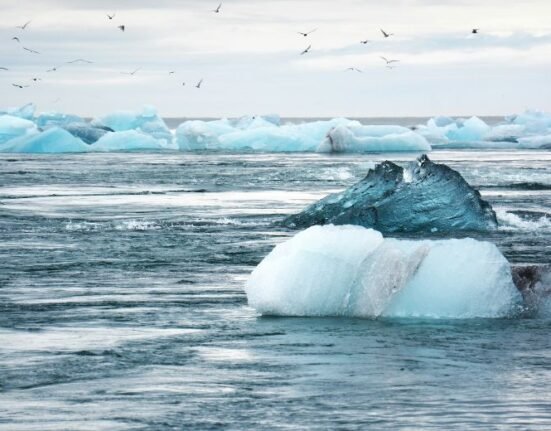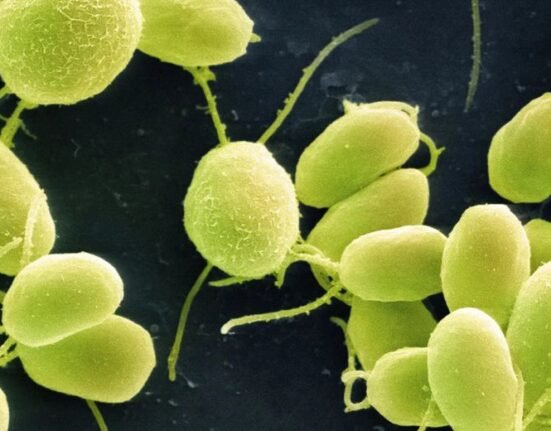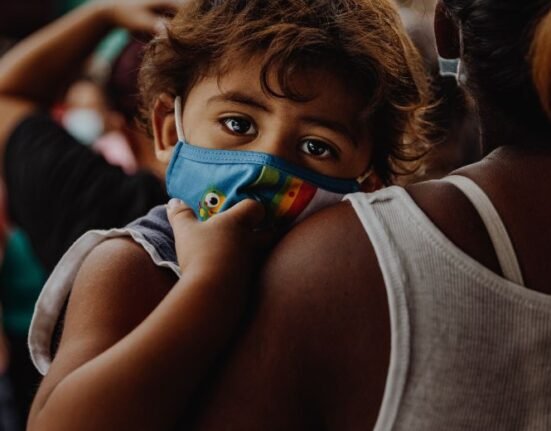HQ Team
October 21, 2022:Global warming and climate change will aggravate most diseases, warn experts and could even be the catalyst for the next pandemic.
According to a 2022 study, over 58 per cent (that is, 218 out of 375) of infectious diseases have been at some point aggravated by climatic hazards
The researchers based their predictions on a review of more than 77,000 earlier papers linking climate change to disease prevalence and severity. Lead author Camilo Mora says the conclusions they drew paint a “terrifying” picture of the next few decades.
“We are not going to go extinct, I don’t think. Instead, this is going to make our lives miserable,” he says.
“The disease crisis is like a meteorite hurtling towards us. Indeed, the meteorite is here. We cannot ignore it.”
Climate-related pathogen danger
From long-dormant pathogens unleashed by defrosting tundra, and melting glaciers to millions of extra virus-carrying mosquitos, the risks are looming.
The emergence of new diseases is incumbent on a lot of factors, including biological, ecological, environmental and social. But at the basic level, it is dependent on close interactions of pathogens with humans, peoples’ lowered immunity against a pathogen’s increased strength due to climate change
Climate change and natural disasters have led to habitat degradation forcing animals and humans closer together, which in turn allows for the easy jumping of viruses between species.
Climate change allows hosts to come into contact with pathogens to which they are susceptible but were not exposed to before.
He says that the pathogens don’t even have to mutate – new hosts often already have the traits required for a ‘jump’.
A case in point is the SARS-CoV-2. The virus has a very specialised requirement for hosts with a cell surface antigen called ACE2. The original bat host for SARS-CoV-2 has ACE2, but they were isolated lived in caves. But once their environment changed and they were brought in contact with other species via an animal or slaughter market, the scenario changes as all mammals have ACE2. Hence the risk of the disease spreading increases.
Global warming is melting ice caps and permafrost, exposing pathogens that have been frozen underground for thousands of years.
Similarly, flooding spreads waterborne diseases. Climate change brings with it storms and increased rainfall, which we are witnessing at the moment. Floodwater can cause diarrheal diseases like E. coli and Salmonella. Cholera, typhoid, and leptospirosis also thrive after floods.
Mosquitoes breed on stagnant water carrying malaria and dengue fever. They also prefer a garment climate.
According to a 2019 study in the journal PLOS, disease-carrying mosquitoes will reach 500 million more people by 2050 than they do today. In the US, incidences of tick-borne Lyme disease – a bacterial illness that can lead to serious joint and nervous system complications – have more than doubled in the past 30 years.
Numerous studies have shown that our oceans are warming and leading to higher number of storms and hurricanes. Toxic algae bloom in such weather and can affect the marine ecosystem. The blooms thrive as sewage and chemical run-off spews into water courses. Rising temperatures also stimulate these growths.
Heat waves also lead to mutations in viruses and pathogens. The heat leads to the host coming up with a stronger immune response and the pathogen trying to fight it by changing its genetic material.
Climate refugees
Climate refugees are a reality. Rising oceans and draughts are forcing people from their homes in droves.
The United Nations High Commissioner for Refugees (UNHCR) states that weather-related events have forcibly displaced around 21.5 million people since 2008.
The Institute for Economics and Peace – a London-based think tank – estimates that around 1.2 billion people could be displaced by climate change over the next 30 years.
Refugee camps due to natural disasters, climate wars, etc are breeding grounds for diseases. Professor Joacim Rocklöv, a Humboldt Professor at the University of Heidelberg, says, “It also affects the vulnerability of populations through systemic compounding impacts. This can lead to worsened impacts of already existing disease, for example, through food and water scarcity mechanisms.”
What steps can be taken to combat climate change-induced health risks?
Brooks calls on governments to follow the DAMA protocol – document, assess, monitor and act.
Brooks says that a coronavirus resembling SARS-CoV-2 was discovered in China way back in 2005. If the government has monitored the outbreak and assessed the associated risks, the pandemic may have been avoided.
The other solutions are reducing greenhouse gas emissions and investing in renewable energies.








